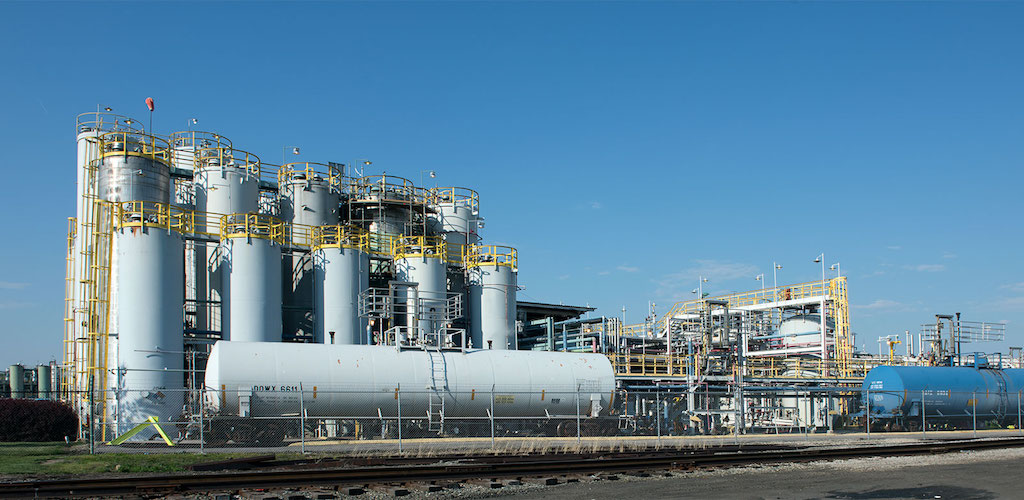Nov 24 | 2020
(Americas) Production Rises for Fourth Month

U.S. chemical production rose in October, the fourth straight month of increase, according to the latest figures from the American Chemistry Council.
The industry body reported a 0.9 percent rise in its Chemical Production Regional Index, or CPRI, following a 0.8 percent gain in September and a 1 percent increase in August.
“During October, chemical output expanded in all regions, with the largest gains occurring in the Northeast region … chemical production continued to improve in many segments including, chlor-alkali, other inorganic chemicals, organic chemicals, industrial gases, plastic resins, synthetic dyes and pigments, consumer products, adhesives, other specialty chemicals and fertilizers” the ACC said in a statement.
CAB Rises
The ACC also reported a strengthening in its Chemical Activity Barometer, or CAB, an indicator of economic activity based on the chemicals sector.
The CAB rose 0.8 percent in November on a three-month moving average basis, following a 1 percent gain in October. Trends in resins and chemistry used in light vehicles and other durable goods were strong while construction-related resins, pigments and related performance chemistry were mixed.
The ACC notes that the CAB index consistently precedes the U.S. economy’s business cycle with a lead of two to 14 months, and an average lead of eight months at cycle peaks as determined by the National Bureau of Economic Research.
Economic Recovery
Unadjusted data for the CAB showed a 1.3 percent gain in November, while the ACC’s diffusion index eased from 76 percent to 71 percent in November.
“With seven straight months of gains, the November CAB reading is consistent with recovery in the U.S. economy,” said Kevin Swift, chief economist at ACC.
Headquartered in Washington D.C., the ACC is an independent industry association represents a diverse set of companies engaged in the business of chemistry using member engagement, political advocacy, communications and scientific research.
Subscribe to BreakbulkONE and receive more industry stories and updates around impact of COVID-19.
